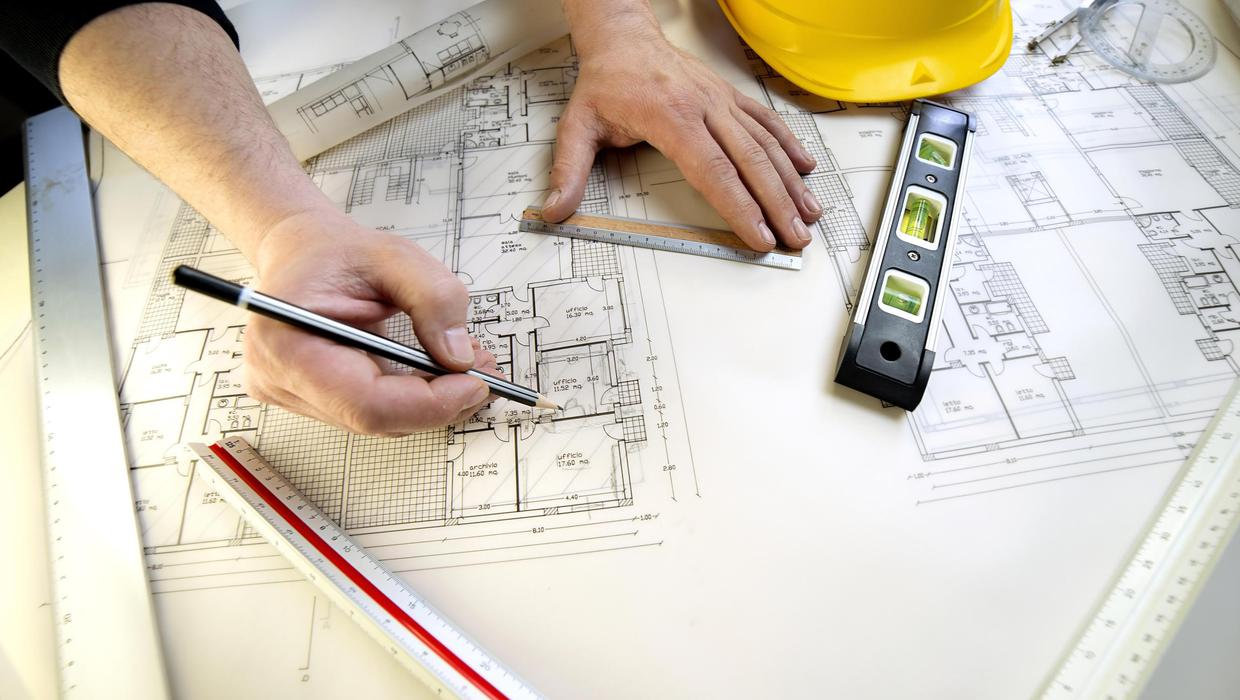Holding onto your Best Asset – Your Architects
Contrary to what most people think, employees do not usually stay or leave for reasons pertaining to salary. Although salary can be a factor, most people look for career development opportunities, work-life balance, individualized work options, benefits and feedback on their work that makes them feel valuable to the organization. Even though the latter requires no out-of-pocket expenses, companies often forget to ensure their employees receive this support in a meaningful way.
High employee turnover hurts a firm both in productivity and the bottom line. Estimates for the cost of replacing an employee range from 25 to 50 percent of that person’s annual salary, given the expenses of hiring, training, loss of clients, knowledge, and productivity. Retaining key personnel necessitates understanding as to why employees leave and crafting a thoughtful, responsive retention plan.
Benefits and Balance
The workplace has changed considerably over the past few decades. Gone are the days when employees anticipated receiving a pension, keeping long hours and working within the traditional top-down management structure. Today’s workforce expect flexibility in their work hours and a less hierarchical, more collaborative environment.
Work-life balance has become a critical issue with more women in the workforce and more men involved as partners in family caregiving. Employees look for firms that offer work from home options, weekends off to spend time with the family, occasional off days during the week to catch up on personal work or adaptable leave policies.
The Work Environment
A supportive work environment with emphasis on team and relationship building is crucial to retaining key employees. A collaborative workplace enhances the team structure and encourages frequent communication. Employees frequently change employment because they feel unappreciated. Staff should be able to discuss issues with their seniors and know that their input is valued. Seniors should offer periodic informal updates on employee performance to ensure that their needs and the firm’s needs are being addressed.
Employees also value a firm that offers opportunities for growth and career development. Training and development are critical retention tools and are a relatively inexpensive way to develop staff while promoting good will. Continuous learning and growth keep employees engaged and demonstrates the firm’s commitment to their careers.
Create a Retention Plan
A successful personnel retention plan must examine and evaluate the staff’s knowledge and skills, education, experience, career ambitions and motivating factors to gain a thorough understanding of the composition and motivation of the staff. Next, information needs to be gathered on why employees leave. Finally, management should determine how to address those critical issues. Soliciting comments will signal to the staff that their issues are being taken seriously and engender trust in the firm’s commitment to supporting its workers’ needs.
There is no set format for retention plans. Rather than taking on too much at once, choose two or three things to focus on for the upcoming year. It is better to make small strides in reducing turnover than to undertake too much. Measuring success is the key to determining how effective retention initiatives are at reducing turnover. Measurements provide a guide to how effective an initiative is at addressing turnover and alert the firm as to when it is time to review and revise the retention plan. Retention of employees is a dynamic process and architecture firms concerned about keeping their key talent must keep their efforts constant and on target.


